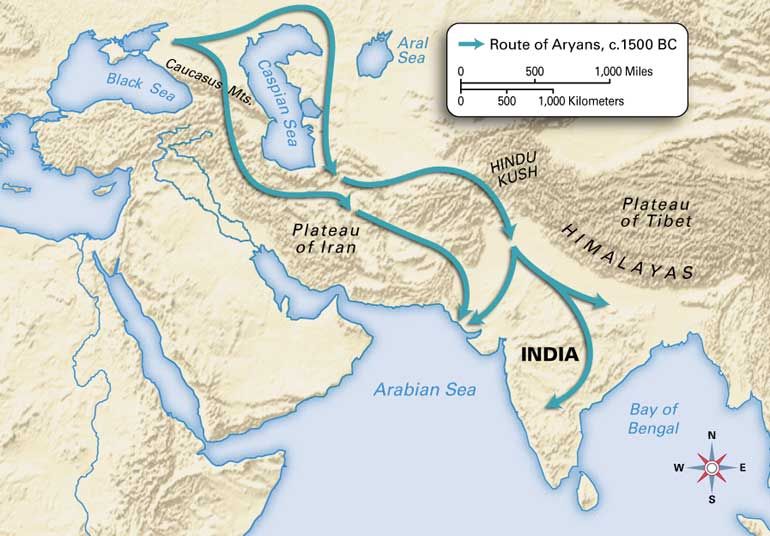7667766266
enquiry@shankarias.in
What is the issue?
What is the study about?

What were the various population mixes that were deciphered?
What are the significant pointers?
What is the essence of the research?
What are some of the criticism that rose against the study?
How has DNA analysis techniques aided in revealing pre-history?
Source: Indian Express